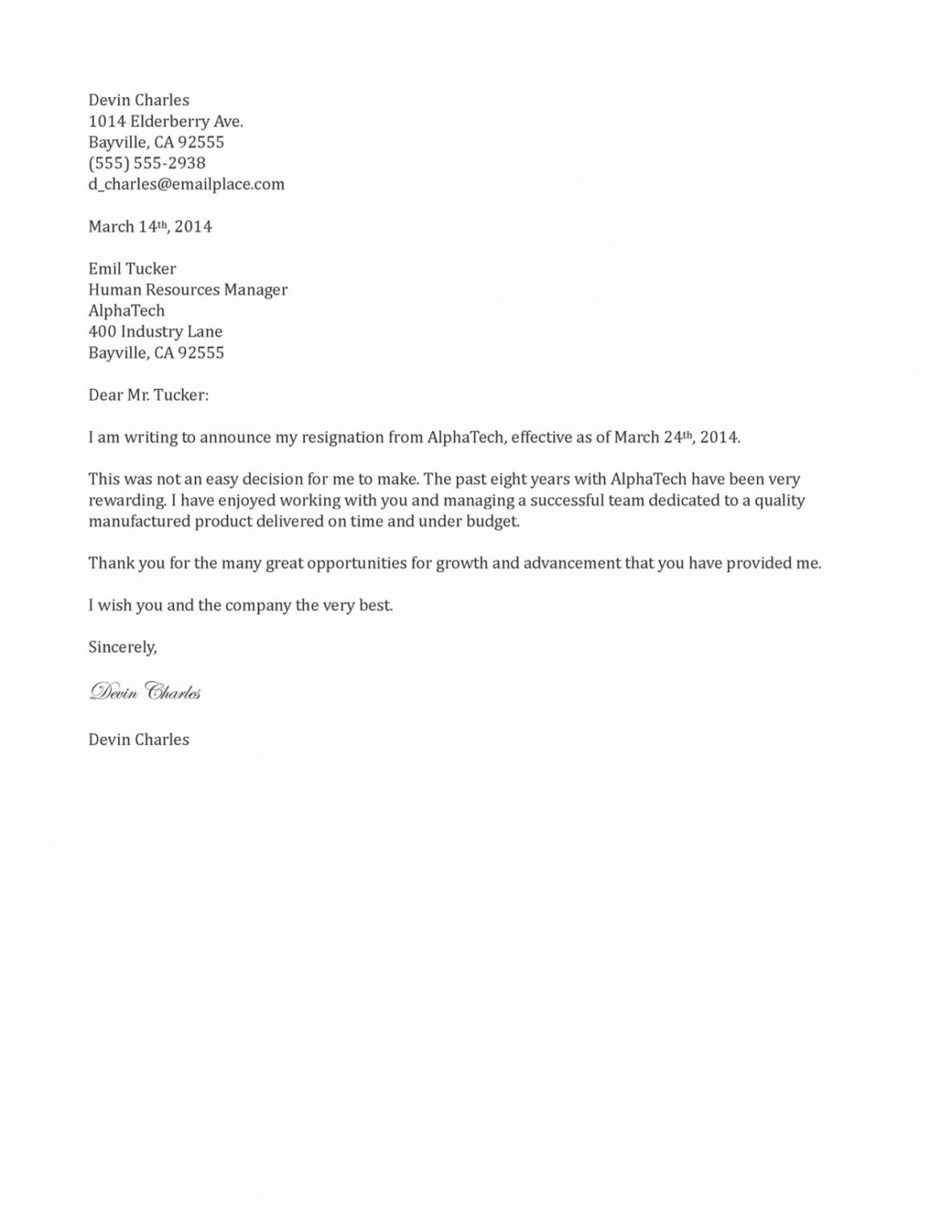Unraveling the Mystery: 60 mph to m/s

Have you ever found yourself curious about the relationship between miles per hour (mph) and meters per second (m/s), two common units of speed measurement? Converting between these units is not only a practical skill but also a fascinating journey into the world of metric and imperial systems. In this comprehensive guide, we will delve into the process of converting 60 mph to m/s, breaking down the math, and exploring its real-world applications.
Understanding the Conversion: 60 mph to m/s

Speed is a fundamental concept in physics, and its measurement often varies based on geographical and historical contexts. The conversion between mph and m/s is a crucial skill for scientists, engineers, and anyone interested in understanding the world around them.
When we talk about speed, we're essentially referring to the rate at which an object covers a certain distance in a given time. In the case of 60 mph, we're dealing with a speed measurement that is widely used in countries that adhere to the imperial system, especially in the United States. On the other hand, m/s is the standard unit of speed in the metric system, used globally by scientists and in many everyday situations.
So, how do we convert 60 mph to m/s? Let's break it down step by step.
The Conversion Formula
The conversion between mph and m/s is based on a simple mathematical formula. To convert mph to m/s, we use the following equation:
Speed in m/s = (Speed in mph × 0.447)
In this formula, the factor 0.447 is a conversion constant that allows us to switch between the two units of measurement. It essentially represents the relationship between miles and meters, taking into account the difference in their lengths.
Converting 60 mph to m/s
Now, let's apply this formula to our specific case of converting 60 mph to m/s. Here's the calculation:
60 mph × 0.447 = 26.82 m/s
So, 60 mph is equivalent to approximately 26.82 meters per second. This means that an object traveling at 60 miles per hour is covering 26.82 meters of distance every second.
Visualizing the Conversion
To help visualize this conversion, let's consider a real-world example. Imagine you're driving a car on a highway with a speed limit of 60 mph. This is a common speed limit in many parts of the United States. Now, with our conversion, we can understand that this speed is equivalent to 26.82 m/s.
In practical terms, this means that if you were to maintain a steady speed of 60 mph, you would be covering a distance of one mile in about 88 seconds (rounded up). Conversely, you'd be covering a distance of one kilometer in approximately 26.8 seconds.
The Significance of the Conversion

The ability to convert between mph and m/s is not just a mathematical exercise; it has real-world implications and applications across various fields.
Scientific Research and Engineering
In scientific research and engineering, precise speed measurements are essential. Whether it's studying the motion of particles in physics, analyzing fluid dynamics, or designing transportation systems, the conversion between mph and m/s is a fundamental skill. It allows scientists and engineers to communicate and collaborate effectively, regardless of their geographical location or the measurement system they typically use.
Global Communication and Travel
With the world becoming increasingly interconnected, the ability to understand and convert between different units of measurement is crucial for effective communication. When discussing travel speeds, whether it's the speed of a train, a car, or even a spacecraft, the conversion between mph and m/s ensures that everyone involved is on the same page. It breaks down language and measurement system barriers, facilitating smoother international collaboration and travel.
Safety and Legal Considerations
Speed limits and regulations are essential for ensuring safety on roads, railways, and even in aviation. The conversion between mph and m/s is crucial for law enforcement and transportation authorities to enforce these regulations effectively. It allows for consistent and accurate measurements, ensuring that speed limits are adhered to and that potential violators can be held accountable.
Practical Applications and Examples
Let's explore some real-world scenarios where the conversion from 60 mph to m/s is applicable and essential.
Automotive Industry
In the automotive industry, speed is a critical factor in vehicle performance and safety. Manufacturers and engineers often need to convert between mph and m/s to ensure that their vehicles meet international standards and regulations. For instance, when designing a car's engine or transmission, they need to consider the vehicle's top speed and acceleration, which are typically measured in mph or m/s.
Aerospace and Aviation
The aerospace and aviation industries rely heavily on precise speed measurements. Whether it's the takeoff speed of an aircraft, the cruising speed of a rocket, or the descent rate of a spacecraft, the conversion between mph and m/s is essential. For example, during the Apollo missions, NASA needed to convert between these units to ensure the safe return of astronauts to Earth.
Weather and Meteorology
Weather forecasting and meteorology also involve speed measurements, particularly when tracking the movement of storms, hurricanes, or even just everyday weather systems. Converting between mph and m/s allows meteorologists to provide accurate and timely weather forecasts, ensuring that the public is aware of potential hazards and can take necessary precautions.
Advanced Considerations and Precision
While the basic conversion formula we've discussed is accurate for most practical purposes, there are situations where a more precise conversion is required. In scientific and engineering contexts, especially when dealing with extremely high speeds or critical applications, a more detailed conversion might be necessary.
For such scenarios, a more precise conversion formula can be used, which takes into account the slight variations in the length of a mile and a kilometer. This formula is:
Speed in m/s = (Speed in mph × 0.44704) + (Speed in mph × 0.0006766)
This formula provides a more accurate conversion, especially for speeds that are close to or exceed the speed of sound.
Conclusion: The Power of Understanding

The conversion from 60 mph to m/s is more than just a mathematical exercise; it's a gateway to understanding the world around us. By mastering this conversion, we gain a deeper appreciation for the interconnectedness of different measurement systems and their real-world applications. Whether it's in science, engineering, travel, or safety, the ability to convert between mph and m/s is a valuable skill that bridges the gap between different systems and facilitates global collaboration.
Frequently Asked Questions
Why is the conversion factor 0.447?
+
The conversion factor of 0.447 is derived from the relationship between miles and meters. It represents the number of meters in a mile, taking into account the difference in their lengths. This factor allows us to seamlessly convert between the two units of measurement.
Is this conversion applicable only to 60 mph, or can it be used for other speeds as well?
+
Absolutely! The conversion formula we discussed is applicable to any speed in mph. You can use it to convert any mph value to m/s by simply multiplying the speed by 0.447. So, whether it’s 30 mph, 70 mph, or any other value, the formula will give you the corresponding speed in m/s.
Are there any real-world scenarios where a more precise conversion might be necessary?
+
Yes, in certain scientific and engineering contexts, especially when dealing with extremely high speeds or critical applications, a more precise conversion formula might be required. This is because the basic conversion factor of 0.447 is an approximation, and for extremely precise measurements, a more detailed formula is used.



